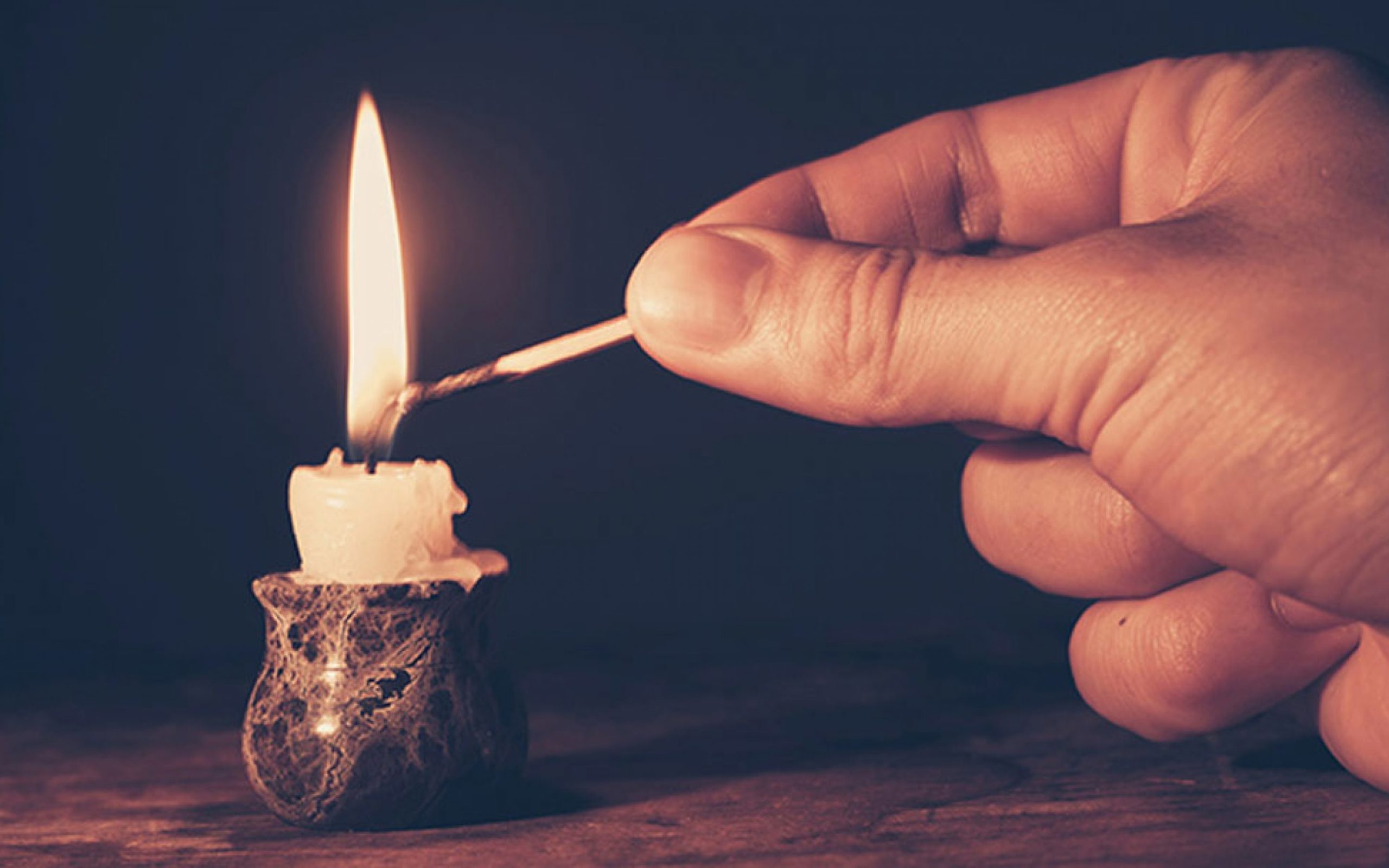As mental health writer Melody Beattie puts it, “Gratitude unlocks the fullness of life. It turns what we have into enough and more. [It] makes sense of our past, brings peace for today, and creates a vision for tomorrow.”
If you read TPN.Health’s last post on gratitude, you might be thinking, “Well that’s great that a gratitude practice can help my mental health, but how do I actually do the thing?” Perhaps you have an image of sitting around a Thanksgiving table and waiting for your turn to say “I’m grateful for…” when all you want to do is eat. Maybe you’re already familiar with gratitude as a daily practice and think of busting out a list to write what you’re thankful for. Although these are not bad ideas, there are endless creative opportunities for enacting a gratefulness practice. Fortunately, gratitude does not need a special occasion to manifest, and there is no limit to the ways one can be grateful from moment-to-moment. So, here are some simple practices to get the creative juices flowing.
Stop. Look. Go.
Spiritual teacher, monk, and co-founder of A Network for Grateful Living Br. David Steindl Rast speaks frequently on living a life of gratitude and offers the idea to put up tangible “stop signs” in our daily lives to remind us to pause in awareness of the gifts that are right under our noses. For instance, moved by memories of living without amenities such as running water and electricity, Br. David puts sticky notes on light switches and faucets in his home to remind him to stop and acknowledge the miracle of having access to those simple privileges. Stop signs can take many forms. For instance, setting an alarm or putting a physical reminder-object in your pocket can be great reminders to set aside a few minutes for practicing gratitude in the moment.
Say “Thank you,” but only when you mean it.
How many times a day do you say “thank you” without thinking? Those two words are built into our social interactions as a mechanism of politeness. Because of this pattern, the power and intention of the words can often be lost. So, how can intentional gratitude and saying “thank you” happen at the same time? By shaking up the pattern! First, keep a tally of the times you say “thanks” by rote, just to get an idea of the frequency. In the days following the tally, try to refrain from saying “thank you” out of politeness. Say it only when you genuinely want to express gratitude. This may feel uncomfortable, even rude at times, but to do so can create more congruency in the words you speak and your actual inner state. By practicing this kind of awareness, you might even notice that you want to make your usual polite thank-yous more intentional.
Write a note expressing gratitude, but don’t send it.
Wong and Brown found in their 2017 UC Berkeley study that when students struggling with depression and anxiety wrote one letter of gratitude per week for three weeks in addition to receiving counseling services, they reported better mental health symptoms than participants who did not complete the gratitude task. Interestingly, only twenty-three percent of the participants actually sent letters and showed no difference in positive effects from those who did not send the letters. This suggests that you don’t necessarily need to communicate your gratitude to experience the enriching effects of the practice. With the freedom to keep notes to yourself, you can write not only to living people but people who have died, people who have not been born, past/present situations, or any other “recipient” without a postal address.
Light a candle.
Lighting candles has been a practice in ceremonies throughout history and, depending on the context, can symbolize things such as passion, dedication, remembrance, rebirth, illumination, warmth, sacred offering, and/or destruction. Lighting a candle in gratitude can also manifest powerful symbolism that accompanies the practice. When you light the candle and think of something for which you feel appreciation you can visualize “lighting” or activating gratefulness and see it flickering right before your eyes. This kind of visualization serves to reinforce the attention-shifting quality that makes gratitude so salient.
Gratitude expressions come in infinite shapes, sizes, and colors. By experimenting with different practices, you can find the ones that serve you best and have fun getting creative along the way.
Click here to create your TPN.Health clinical profile and access essential digital resources for behavioral health professionals.
Reference:
Wong, J., & Brown, J. (2017, June 6). How Gratitude Changes You and Your Brain. Retrieved May 21, 2020, from https://greatergood.berkeley.edu/article/item/how_gratitude_changes_you_and_your_brain
Image Credit: https://www.barringtonbhw.com/suicide-prevention-day-light-a-candle/
